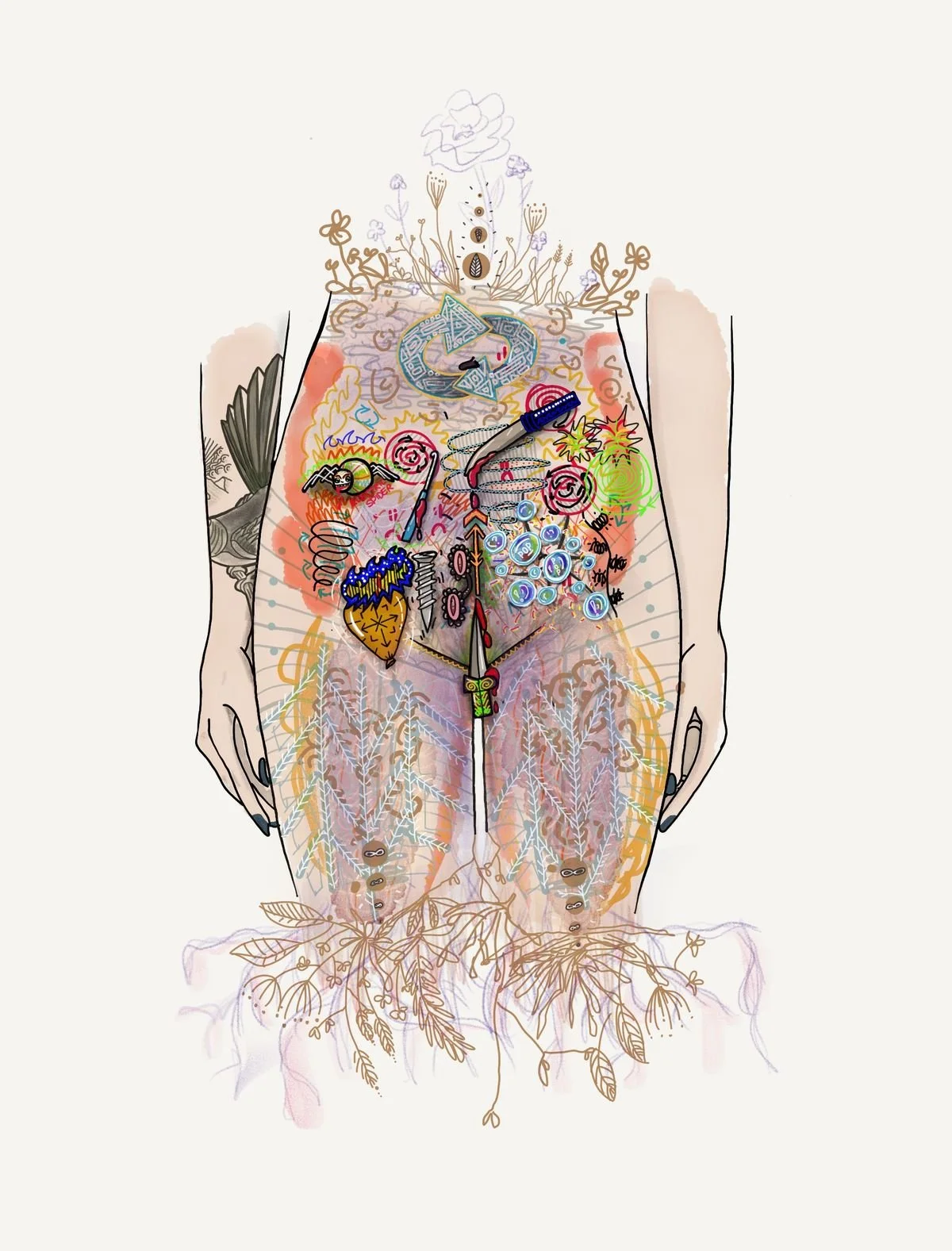Stage 4 Endometriosis: The Biological Battle and Personal Reality
Endometriosis is often described in clinical terms as a condition where tissue similar to the lining of the uterus grows outside it, causing pain and discomfort. But stage four endometriosis is far more than a definition or a line on a diagnosis sheet. It’s a life-altering condition that reshapes your body, your mind, and your daily existence.
I’ve lived with stage four endometriosis for years, and while the doctors and textbooks can tell you what’s happening inside —more or less—, they don’t tell you how it feels to live inside a body constantly waging a war with itself. This is the dual reality of stage four endometriosis—what it is biologically, and what it is emotionally, mentally, and physically.
The Medical Breakdown
On a biological level, stage four endometriosis is defined by the most severe form of the condition. In stage four, adhesions and scar tissue often bind organs together, creating a complex web of pain and dysfunction inside the pelvic region and beyond. It’s not just the reproductive organs that are affected—stage four endometriosis can involve the bladder, bowels, intestines, and even diaphragm and lungs. It’s deeply infiltrative, meaning the endometrial-like tissue can burrow into other organs, causing significant damage.
It’s often accompanied by cysts called endometriomas, and this stage of endo typically requires surgery to properly diagnose and treat, as imaging and exams alone are not sufficient to fully understand the scope of the damage.
But even all of this—the adhesions, the organ involvement, the surgical interventions—fails to describe the lived experience.
Image inspired by the visual representations of endometriosis pain used in awareness campaigns, such as Libresse’s #PainStories project. If you are or know the original artist of this specific work, please reach out for proper credit.
The Physical Reality
Living with stage four endometriosis feels like carrying a weight inside you that you can’t escape. Some days, that weight is manageable, something you can ignore if you’re careful. Other days, it’s crushing.
For me, the pain isn’t confined to periods, nor does it have a predictable rhythm. It’s present throughout the cycle— ovulation, period, even random moments when my body decides to rebel. Periods and the days leading up to them are the worst, but ovulation is brutal too, and there are very few days of reprieve.
The pain doesn’t limit itself to one area. Sure, my uterus stings and my ovaries throb, but my bowels are the worst affected. Bowel movements can put me to the ground, leaving me in such intense agony that I can’t even cry. I’ve vomited, I’ve passed out from the pain, but it’s so far beyond tears. Sometimes, just walking becomes impossible—not because of sharp pain, but because applying weight to one leg pulls so strongly on my rectum that I physically can’t move.
It’s there when I try to urinate, sometimes burning so intensely that it feels like my bladder is on fire. It’s there when I walk or move too quickly, sending sharp pains through my pelvic region. It’s there when I try to sleep but wake up aching from the inside out.
And the worst part? There’s no telling when it will strike. One hour I might be fine, and the next, I’m immobilized, unable to explain why or how long it will last.
As a mother, particularly of home-educated children, I don’t have the luxury of staying in bed, even when my body feels like it’s betraying me. There are days when getting out of bed feels impossible, but I still have to. Sometimes, I’ve literally had to crawl just to make it through the day. Even then, I’m thankful that these moments don’t happen every day—but when they do, they’re all-consuming.
This is the hidden reality of stage four endo. It’s not just about managing symptoms—it’s about pushing through, day after day, when your body refuses to cooperate
Image: Find Beauty and Laughter in Giselle Dekel's Illustration Art
The Emotional and Mental Impact
The mental toll of living with stage four endometriosis is as exhausting as the physical pain. There’s an exhaustion that comes not just from the condition itself, but from pushing through everything every day, and from the time spent trying to get someone to listen, to believe that something is wrong. In 2017, I was told repeatedly that my pain was psychological. I was referred to a psychiatrist, dismissed by doctors who couldn’t fathom what was happening inside my body.
It wasn’t until a surgeon finally opened me up—quite literally—that the true extent of the damage was revealed. Endometriosis had woven itself into my organs, creating adhesions that bound them together in ways I couldn’t have imagined. This validation was a relief, but the journey was far from over.
Living with endometriosis is a constant negotiation between what you want to do and what your body will allow. It affects every aspect of life, from your relationships to your mental health. The chronic pain can lead to a kind of emotional fatigue, a sense of weariness that settles in your bones and stays there, no matter how hard you fight it.
Photo: We always aim to credit photos; if this one needs crediting or removal, please contact us with the source.
Stage four endometriosis cannot be reduced to just a diagnosis on paper. It is a condition that seeps into every part of your life, affecting your body, your mind, and your spirit. The battle isn’t just biological—it’s personal. It’s lived every day in the small moments when pain flares, in the mental exhaustion of pushing through, and in the weight of carrying a condition that doesn’t relent.
This is the reality of stage four endometriosis—not just what it does to the body, but how it changes the person living inside it.



